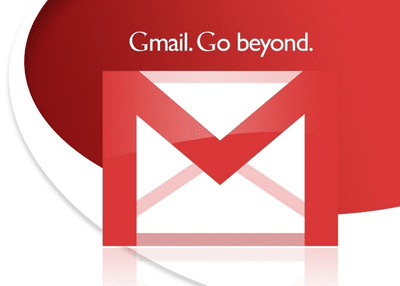What used to be a simple concept of an object may have a different meaning in this digital age. Take for example the word “spam,” more than its simple meaning; it could actually mean an “annoyance.”
As such in the context of “email spam,” which could be a potential tool by hackers to put malware in your inbox. This kind of fear though was real for select Gmail users who thought they were the victim of email hacking.
Luckily, these Gmail users were not a victim of email hacking. The recent incident that involved the Gmail system, however, raises speculations about the system’s spam filtering feature.
Over the weekend, several Gmail users learned that a spam email was sent in their Sent folders. They thought that their Gmail accounts were compromised and were used to send spam emails to other users.
Upon learning the situation, many Gmail users have changed their passwords, but it yielded no results even those who used a two-factor authentication. Later they discovered that it was not a simple case of the hacking incident.
Google has released a statement saying that the spam email was just a regular spam. A company representative told Mashable, explaining that the forged that the spam only forged email headers to make it appear the account was sending emails to other users and to themselves.
“We are aware of a spam campaign impacting a small subset of Gmail users and have actively taken measures to protect against it. This attempt involved forged email headers that made it appear as if users were receiving emails from themselves, which also led to those messages erroneously appearing in the Sent folder,” a Google representative said.
“We have identified and are reclassifying all offending emails as spam, and have no reason to believe any accounts were compromised as part of this incident. If you happen to notice a suspicious email, we encourage you to report it as spam,” the company official added.
















